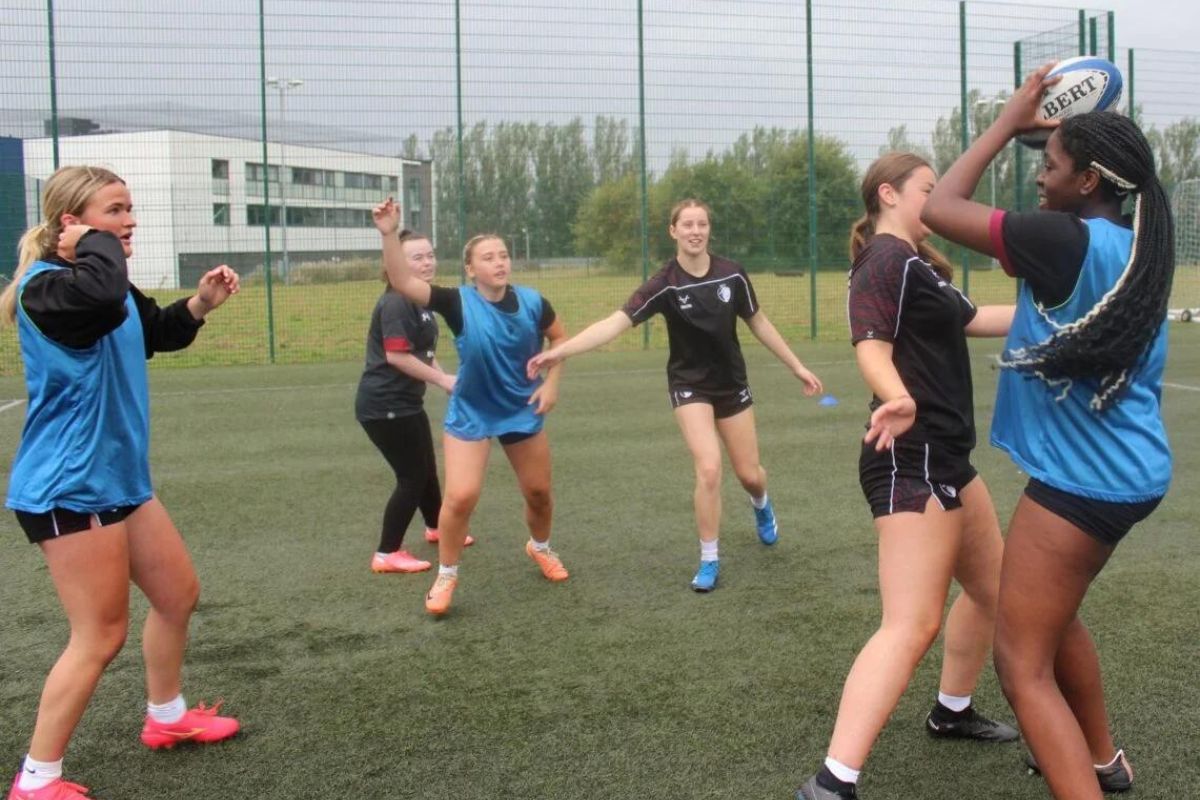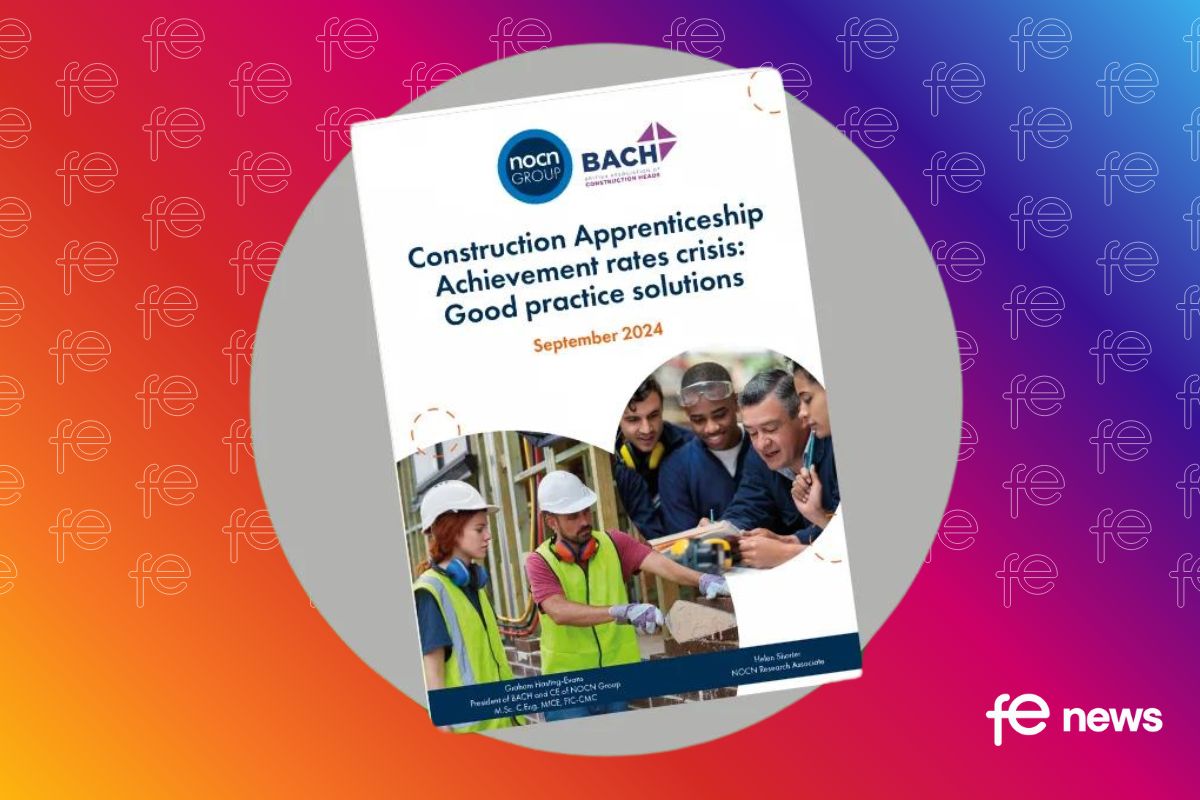Recognising safeguarding risks as an apprenticeship provider

As an apprenticeship provider, you have a duty of care to protect your learners from harm and abuse. But how can you spot the signs of safeguarding risks? Here are some tips to help you recognise factors that may indicate safeguarding risks in six different areas:
What might you hear?
Listen to what your learners say and how they say it. Do they sound scared, anxious, depressed, or angry? Do they make comments that suggest they are being bullied, harassed, or exploited? Do they express suicidal thoughts or self-harm intentions?
What might you see? (appearance)
Look at how your learners present themselves. Do they have injuries, bruises, scars, or marks that are unexplained or inconsistent with their stories? Do they look malnourished, dirty, or neglected? Do they wear clothes that are inappropriate for the weather or the activity? Alternatively, do they appear to wear expensive clothing and have lots of gadgets, potentially more than one phone.
What might other learners / staff be saying about them?
Pay attention to what other learners or staff say about your learners. Do they report any concerns or suspicions about their welfare or safety? Do they notice any changes in their mood, behaviour, or performance? Do they witness any incidents of abuse or violence involving your learners?
What might you observe? (behaviour)
Observe how your learners behave and interact with others. Do they show signs of fear, anxiety, depression, or aggression? Do they isolate themselves, avoid contact, or withdraw from activities? Do they display risky behaviours such as substance abuse, sexual activity, or criminal activity? Do they appear to be overconfident? Keen to please?
What might they tell you?
Encourage your learners to talk to you and trust you. Do they disclose any personal issues or problems that affect their well-being or safety? Do they ask for help or support? Do they tell you about any incidents of harm or abuse that they have experienced or witnessed?
What other information might you receive?
Collect and review any other information that might indicate safeguarding risks. This could include attendance records, academic reports, feedback forms, complaints, referrals, or safeguarding alerts.
What to do when you spot a safeguarding risk or have any concerns
By being aware of these six areas, you can help to identify and prevent safeguarding related risks for your learners.
Remember to follow your organisation’s policies and procedures for reporting and responding to any safeguarding concerns. And don’t forget to seek advice and support from your designated safeguarding lead or other relevant agencies if you need it.
Safeguarding essentials online workshop
If you’re new to safeguarding, or are looking for an annual refresher, this interactive online workshop is designed to increase your knowledge, skills and confidence around working with young people and adults in the FE and skill sector.
You’ll have opportunity to apply your learning from the session to a variety of self-generated scenarios, whilst receiving support and coaching from our colleagues at Psych-Logical. You’ll also be able to take part in group discussions and share best practice from within the sector.
Click here to find out more about our ‘Safeguarding Essentials’ workshop and to book your place.











Responses